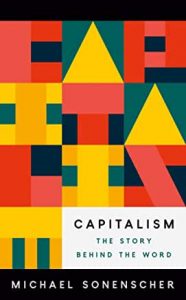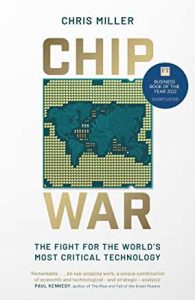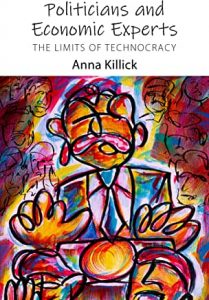Modern money is intangible, electrons whizzing around – unlike older forms of money, whether paper and coin, or wartime cigarettes, or huge stone wheels. Paid: Tales of Dongles, Checks and Other Money Stuff, edited by Bill Maurer and Lana Swartz, is a reminder that even the 1s and 0s have a material basis – such as credit card machines, dongles, mobile phones, and indeed the whole physical infrastructure of the wired and wireless networks and the electricity network. What’s more, the less tangible the tokens of exchange, the more important the accounting system recording transactions. This explains the emphasis crypto folks put on the blockchain, but as one of the essays in the book points out, this has its drawback as nothing is reversible, not even transactions that ought to be reversed. There is no substitute for trust in a co-ordinating institution that keeps record.
The book is a nicely illustrated collection of essays by money afficionados from different disciplines, and spanning the Inca civilisation to Dogecoin. As a collection, there’s no central argument – except that we would do well to remember the physical and social embededness of money. There are lots of, “Well, who knew?” moments, which makes it an enjoyable read – at least if you have a fact-magpie mind like mine. I particular enjoyed Keith Hart’s reminiscence of becoming a fence and money lender during his PhD fieldwork in Ghana – which gave rise to the notion of the informal economy; I’ve met Keith (a fellow Mancunian) and love his book The Memory Bank.
Also Swartz’s essay about cash, and the notion that technological innovation in money – the Diners Club card and later credit cards – was forced by the postwar economic boom and associated travel. It reminded me of my first job at the Treasury in the 1980s, trying to find a monetary aggregate that wouldn’t grow too damn quickly for a monetarist government, at a time when rapidly increasing use of ATMs and credit cards was affecting the velocity of money and making monetary aggregate control a hopeless task.




